With Search Engine Optimization, there are two critical insights: Intent and Relevance. People who reach out for their mobile or desktop daily search for services, product information, where to eat, and what to buy. Knowing how to create content that is mindful of search intent and is also relevant, we shouldn’t forget what’s essential — how do you create meaningful client connections? Marketers and business owners take the role of customers too. So, put yourself in their shoes and think of what you type in Google when you do a mobile search? What keywords do you use when you want to find an answer? One thing to consider is looking at customer reviews and online feedback before ordering food or dining in a restaurant. Have you checked your Facebook page if you have posted reviews from your customers? Help your customers find you on the map by updating your address and location as well.
7 Emerging Technologies in SEO and Their Applications
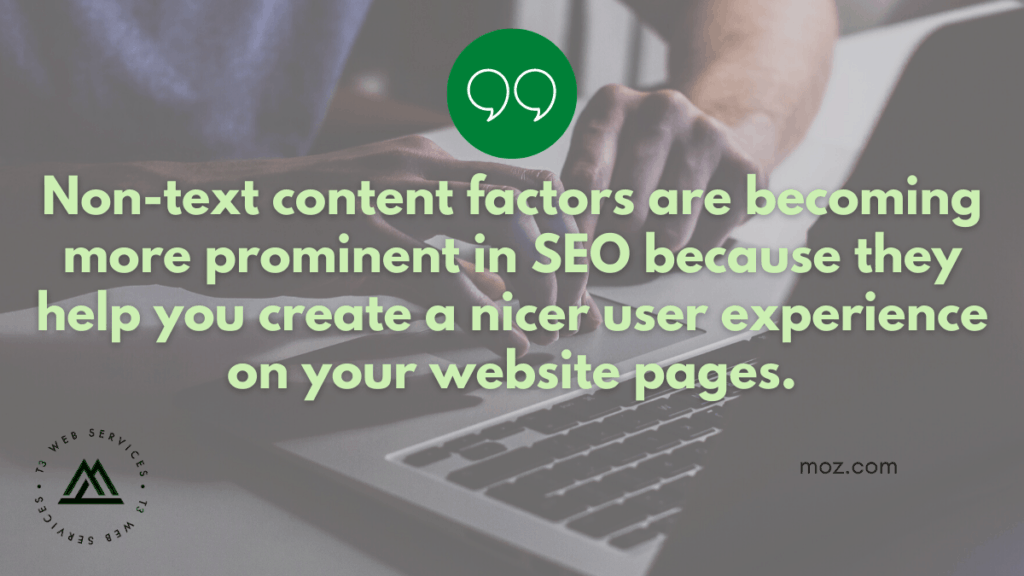

If you want to scale your SEO processes in 2021 and beyond, you should watch out for these technologies, and start implementing them in your business right away.
1. Natural Language Processing (NLP)
In December 2019, Google officially rolled out the Bidirectional Encoder Representations from Transformers (BERT) algorithm update worldwide. This update brought NLP to the fore, and it’s been a technology to watch out for in the SEO industry since.
With NLP, Google can understand what a word in a sentence means by looking at its context.
This means that Google no longer relies on the specific words or phrases that users are searching for to provide them with the right answers. Rather, they’re looking at the intent behind each search.
Here’s an example of how BERT (an offshoot of NLP), affects a search query according to Google.
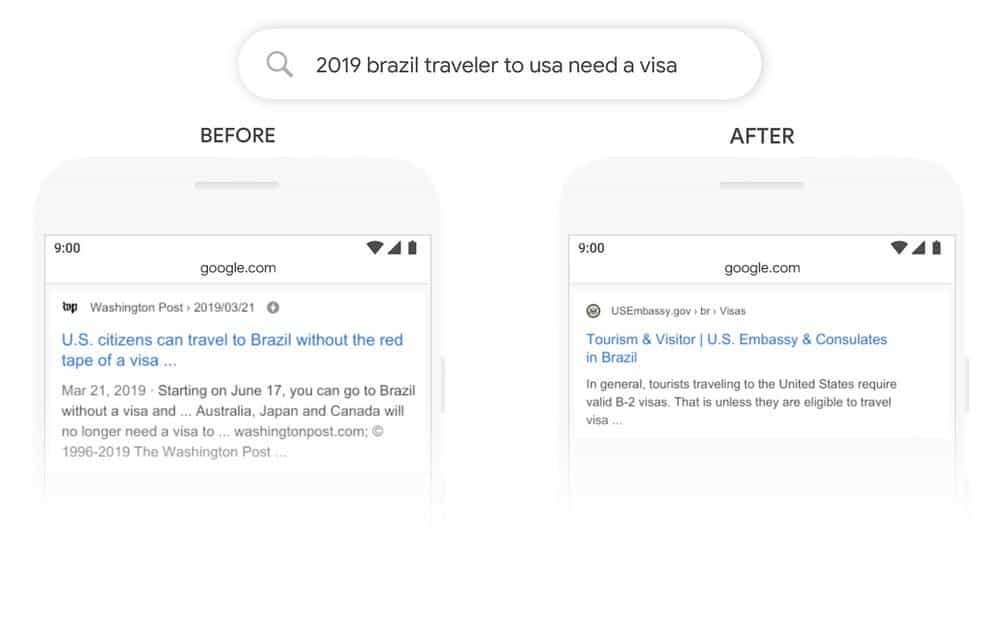
Before NLP, if someone searches for the query “2019 brazil traveler to usa need a visa”, Google thinks that this is an informational query to confirm if a U.S citizen can travel to Brazil without a visa. Hence, it shows a Washington Post article that answers the question on top of the SERPs.
As you can see, the context behind this search is someone wanting to travel to the USA from Brazil who needs a visa. While it was difficult for Google to figure out what these kinds of queries meant in the past, with BERT, the algorithm understands the context behind each search and provides the user with the right information.
How to utilize NLP in your SEO processes
With NLP, informational content is more crucial than ever. However, optimizing for BERT isn’t something you can do as an SEO.
Rather, you should focus on creating high-quality content that answers search queries accurately. When you do, you’ll definitely rank well.
2. Natural Language Generation (NLG) for short-form content
With NLG, SEOs can now produce meaningful phrases and sentences just like a natural language, but using technology.
Instead of battling with writers’ block and spending hours thinking of what to write, NLG removes that burden through automation. And if you’re a content creator, this helps you focus just on polishing the content and making it read better.
While there are a lot of use cases for NLG, at the moment, it’s better used to write short-form content such as headlines, product descriptions, meeting memos, and so on.
How to use NLG as an SEO
There are a lot of use cases for NLG technologies. With a tool such as Copy.ai, you can create landing page hero text, Facebook primary text, blog introductions, email subject lines, listicles, meta descriptions, and so on.

https://moz.com/blog/emerging-seo-technologies
Microsoft’s Miri Rodriguez on How B2B Marketers Are Embracing Empathy For Better Customer Storytelling #B2BMX
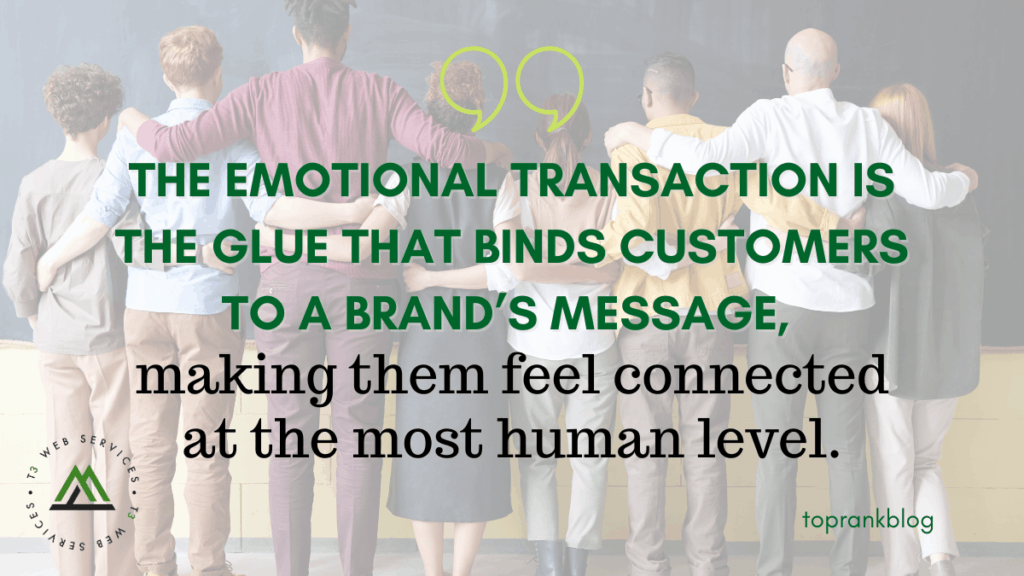

Storytelling Uses Empathy to Move Past Numbers and Facts
Storytelling is not just the telling of stories, Miri explained, it’s also a design approach to stories that work on the human-to-human level of business marketing.
Telling stories in such compelling and connected ways that your messages are then also easily and willingly transmitted to your audience’s customers is a goal of B2B marketing that infuses genuine empathy, Miri said, and then began exploring empathy’s important role in brand storytelling.
Miri explained how in her role at Microsoft she began an examination of empathy by looking at what storytelling is not, asking industry brand professionals at many different levels for their insight.
Storytelling isn’t so much information, data, facts, or numbers, but the emotional transfer of that information using memorable characters, plots, and conclusions which all foster empathy, she noted.
What Feeling Is Your Brand Story Sparking?
During her #B2BMX opening keynote Miri also put out the question, “What feeling is my brand story seeking to spark?”
Sometimes examining or even rethinking a brand’s mission can help B2B marketers find these key feelings, she suggested.
In her example from Microsoft, Miri shared how the firm came up with empowerment as its new mission several years back — a feeling that CEO Satya Nadella and the organization have embraced in many ways since.
Miri then asked, “Is your brand leading with a feeling that they can share with their customers?”

https://www.toprankblog.com/2021/02/embracing-empathy-for-better-customer-storytelling/
Write Like You Talk: 12 Tips for Conversational Content
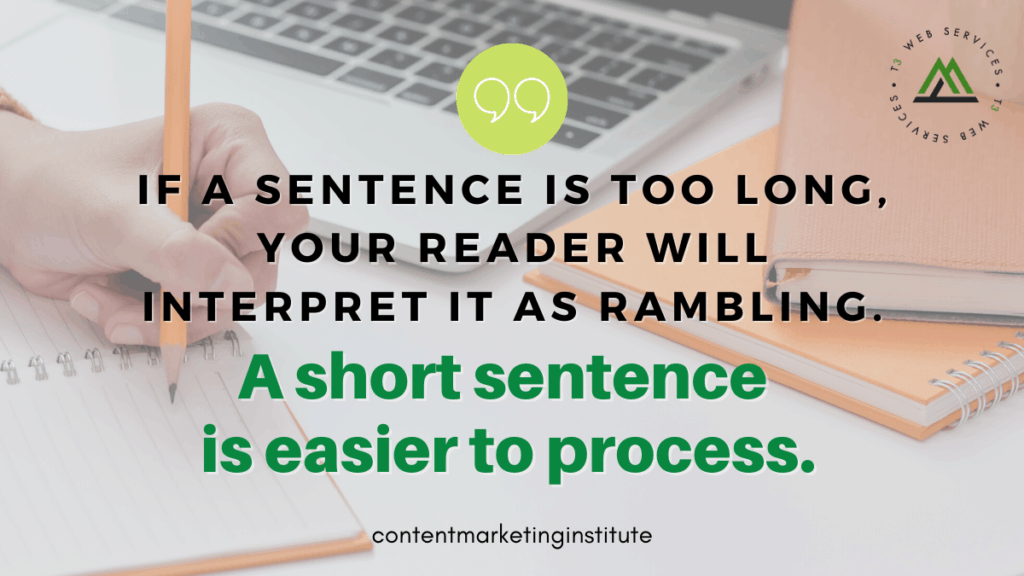

The antidote to monotone content? Conversational writing.
Why conversational? Conversations feel more personal, less academic. As Donald M. Murray once said, “Effective writing is a conversation with a reader.”
1. Ask engaging questions
How do you describe the color of your eyes?
I’ll give you a second.
Most likely, you paused to reflect, then snatched up an image of your irises to arrive at your answer.
For that split second you spent visualizing your response, I grabbed you. All by asking a simple question. Long after I wrote it.
That’s the power of posing questions in your content. Questions engage your readers, simulating the feel of a conversation. They pull in your audience, gives them a reason to care. They show you’re talking to readers, not through readers.
2. Jab using short sentences
Why favor short sentences?
Here’s Rudolph Flesch’s take:
The longer the sentence, the more ideas your mind has to hold in suspense until its final decision on what all the words mean together. Longer sentences are more likely to be complex – more subordinate clauses, more prepositional phrases, and so on. That means more mental work for the reader. So the longer a sentence, the harder it is to read.
In short: If a sentence is too long, your reader will interpret it as rambling. A short sentence is easier to process.

https://contentmarketinginstitute.com/2021/03/tips-write-conversational-content/
How to Keep Your International SEO Roadmap Aligned to Google Updates
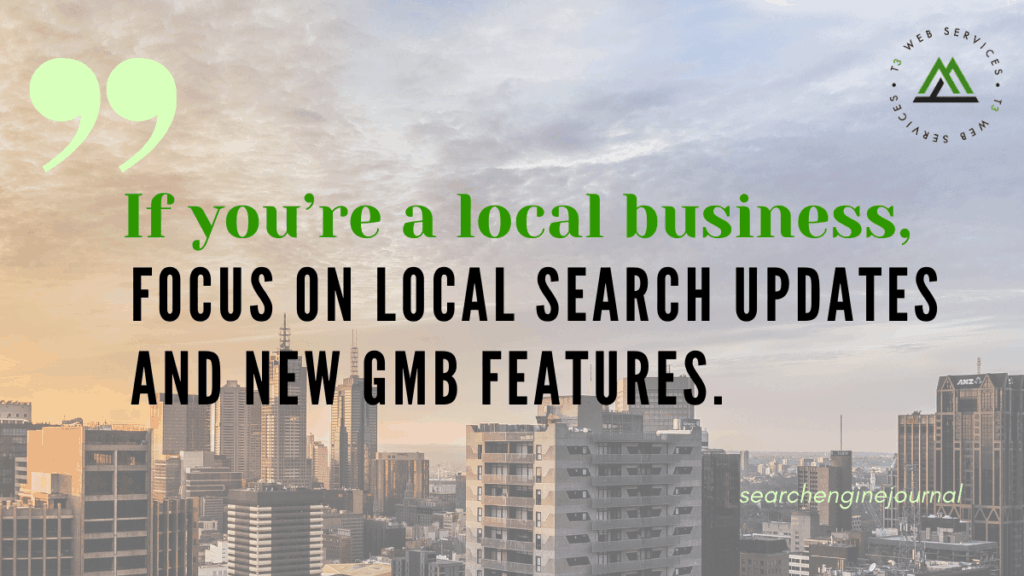

International SEO professionals must adjust to constant algorithm updates affecting countries in different ways. Here’s how to prioritize your roadmap.
Every day, the Google algorithm updates itself.
This actually happens more than 3,000 times a year, and some updates are obviously bigger and more impactful than others.
I think the same applies to Google’s algorithms (when you’re not Google).
Rather than seeing these updates as unmanageable changes, you can view them as potential game-changers for your business in the international space
Why Staying Current in International SEO is So Important
Even though we’re talking about an international roadmap, all types of SEO professionals may find this helpful.
The algorithm is universal, even though some things update faster in the U.S. than in other countries. It impacts SEO professionals of every country, niche, and experience level.
You need to follow news from the industry (which you are if you’re reading this — gold star!).
Staying up to date in International SEO is even more important, but also difficult given that different cultures and languages challenge both strategy and execution.
Being up to date is proactive; it gives you the opportunity to not only respond to updates but to get in position for what’s coming next.
When you’re doing SEO on an international level, your roadmap might include several countries and competitors.
It is particularly important to know if one area of your SEO organization will be affected but others won’t.

5 B2C Content Marketing Techniques that B2B Marketers Should Steal (And 5 They Shouldn’t Touch)
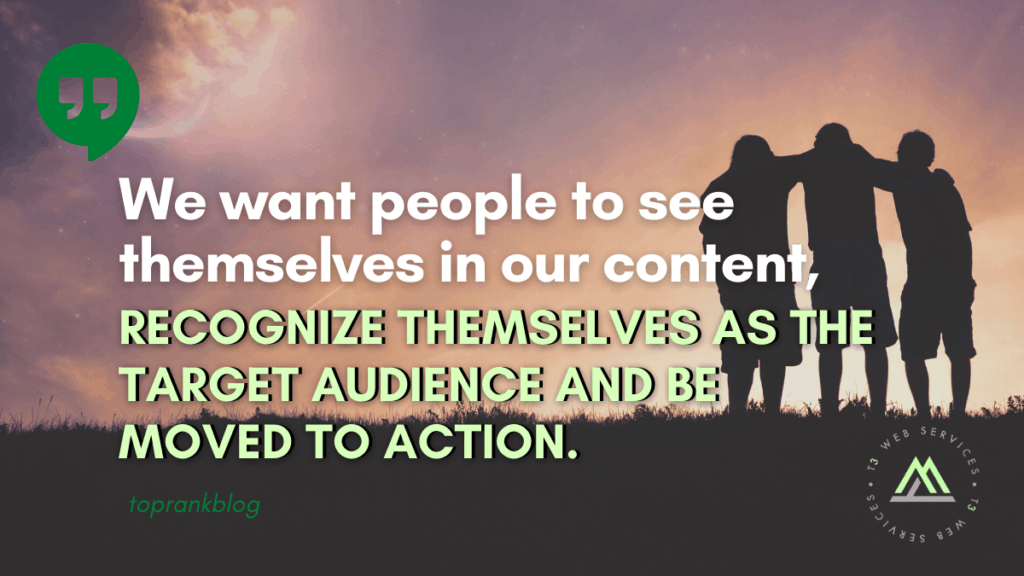

The central thesis for using B2C techniques in B2B is the realization that there’s no such thing as a “B2B buyer.” They’re not a distinct species. People are people, whether they’re at work or at home. As the lines between home life and work life continue to blur, that distinction gets even fuzzier. However, that doesn’t mean we need to take on B2C techniques that don’t work, or don’t work as well as what we’re already doing.
Steal These:
1 — Take a Stand
Historically, B2B brands have stayed out of broader societal discussions. This is a holdover from the idea that B2B marketing should be exclusively logical, dealing with facts rather than emotion, delivered in a neutral tone. After all, why should B2B buyers care if their cloud server provider supports Black Lives Matter? Why not focus on your solution’s speed, bandwidth and low latency?
Here’s why taking a stand matters: A recent study found that 77% of consumers buy from brands who share the same values as they do. Another global study found consumers are four to six times more likely to purchase, protect and advocate for brands who have a larger purpose. In this climate, a neutral stance is more risky than taking a principled stand.
We should point out that it’s not enough to talk about your brand’s values or put them in a mission statement. Consumers will be looking for consistent, meaningful action that expresses your values.
2 — Embrace Diversity
I’m old enough to remember the first TV ad with a gay couple, way back in 1994. The controversy was enormous. But Ikea weathered the storm and continued to push for diversity of representation in their advertising. Over time, the rest of media gradually caught up with them.
As a whole, B2B marketing hasn’t been as aware of diversity. How many old eBooks and white papers feature pictures that are overwhelmingly white and male? As the executive audience grows more diverse, we can’t afford the ongoing mental stereotype of a B2B buyer as a heterosexual, middle-aged white man.
As you select images for your marketing materials, look for the audiences you might be missing. We want people to see themselves in our content, recognize themselves as the target audience and be moved to action. If we fail at diverse representation, we’re locking out potential buyers.

https://www.toprankblog.com/2021/03/b2c-content-marketing-techniques-b2b/
Google Posts: Conversion Factor — Not Ranking Factor
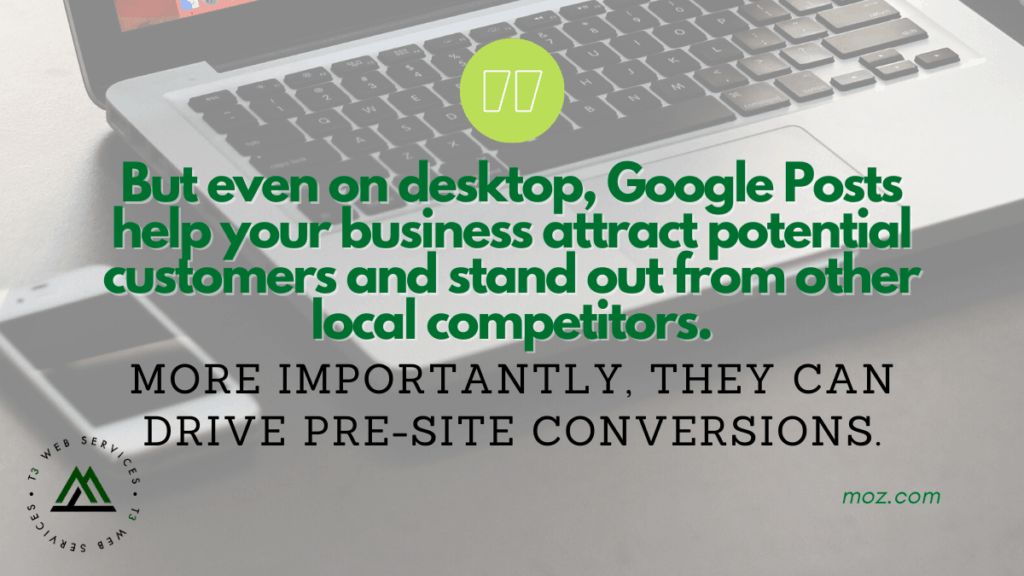

While Google Posts aren’t a ranking factor, they can still be an incredibly effective resource for increasing local business conversions — when used correctly. This week’s Whiteboard Friday host, Greg Gifford, shows you how to put your best post forward.
The importance of Google My Business
Mike Blumenthal said it first. Your Google My Business listing is your new homepage. Then we all kind of stole it, and everybody says it now. But it’s totally true. It’s the first impression that you make with potential customers. If someone wants your phone number, they don’t have to go to your site to get it anymore. Or if they need your address to get directions or if they want to check out photos of your business or they want to see hours or reviews, they can do it all right there on the search engine results page.
If you’re a local business, one that serves customers face-to-face at a physical storefront location or that serves customers at their location, like a plumber or an electrician, then you’re eligible to have a Google My Business listing, and that listing is a major element of your local SEO strategy. You need to stand out from competitors and show potential customers why they should check you out. Google Posts are one of the best ways to do just that thing.
How to use Google Posts effectively
For those of you who don’t know about Google Posts, they were released back in 2016, and they used to show up, up at the top of your Google My Business panel, and most businesses went crazy over them. In October of 2018, they moved them down to the very bottom of the GMB panel on desktop and out of the overview panel on mobile results, and most people kind of lost interest because they thought there would be a huge loss of visibility.
But honestly, it doesn’t matter. They’re still incredibly effective when they’re used correctly.
Posts are basically free advertising on Google. You heard that right. They’re free advertising. They show up in Google search results. Seriously, especially effective on mobile when they’re mixed in with other organic results.

https://moz.com/blog/google-posts
11 Tips to Help You Post More Consistently


When it comes to blogging, consistency is very important. It keeps readers coming back, and ultimately determines whether or not your blog becomes one of the millions of blogs that have been abandoned over the years.
However, knowing you need to be consistent is one thing. Actually posting consistently is another. So to help keep you blogging for years to come, here are 11 tips to help you blog more consistently.
1. Don’t bite off more than you can chew
Many bloggers start out with good intentions about how often they’ll post. “I know all about this topic, so it should take any more than a few hours to write each post. That means I can publish five times a week and still have the weekends to myself.”
Then they start writing, and quickly realize that writing down their ideas in a way people can easily understand takes a lot longer than a few hours. And from there they have to decide whether to revise their schedule (and possibly eat their words) or just publish whatever they can manage in those few hours.
You’re much better off publishing consistently but less often than to promise something you simply cannot deliver. Even if your readers don’t realize you’re publishing less often than you said you would, the fact you’re not delivering on your promise will dishearten and possibly demotivate you.
Try writing a few posts and see how long they take, and work out your schedule from there.
2. Generate as many ideas as you can ahead of time
To be consistent, you need to make good use of your time. And that means knowing what you’ll be writing about before you sit in front of the keyboard. The last thing you want to be doing is trying to come up with an idea when you should be writing.
Ideally, you should have an entire list of ideas you can choose from. And to create such a list, you need to devote some time to come up with them. (Not sure how to come up with them? Here’s a post that will help.)
And keep making time for these brainstorming sessions whenever your list of ideas is getting short.



Leave a Reply